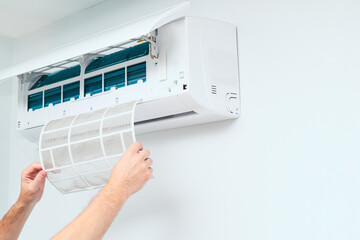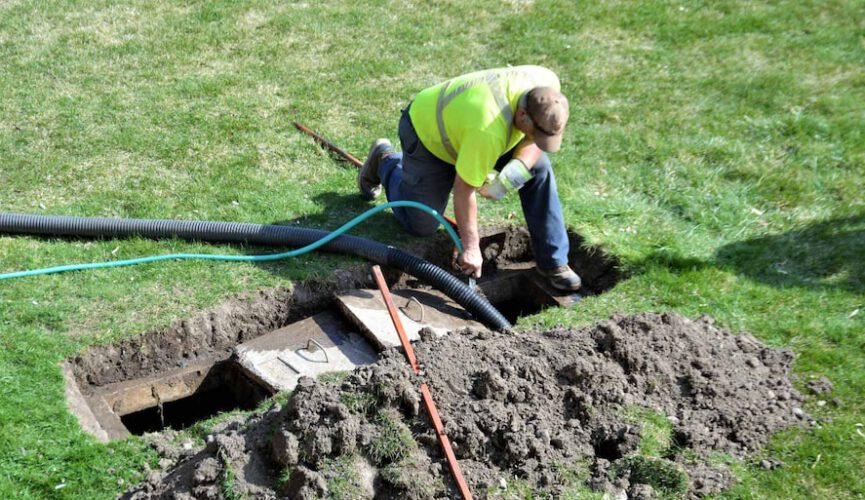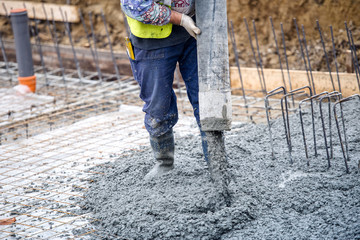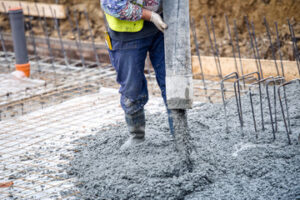Sheepadoodle Puppies For Sale In Ohio are smart, affectionate dogs that want to please their people. They require quality training and thrive in a positive, motivating environment.
This breed is also known to have herding tendencies and may nip small children to herd them around, although early training can help stop this behavior. They also need regular grooming and exercise to maintain their healthy coats.

Puppies grow at a different rate depending on their parent breeds. This means that a Mini Sheepadoodle may not have fully grown into an adult yet when you bring him home, while a Standard Sheepadoodle will be done growing at around 16 months of age. There are a number of methods you can use to work out how big your Sheepadoodle will be, including looking at a growth chart and tracking his appetite. In some phases, he may be hungrier than in others, so you’ll need to track his appetite along with his weight.
If you’re concerned about his weight, ask your vet for guidance. Avoid attempting to deprive him of food in the hopes of getting him to lose weight. This is not a good idea for your Sheepadoodle or any other dog, and it’s likely there’s an underlying reason causing his weight issues.
Sheepadoodles are highly intelligent and obedient dogs that love to please their people. This makes them great family dogs, and they often get on well with children. They’re also low-shedding and hypoallergenic, meaning that they’re a good option for allergy sufferers.
Like many other dog breeds, Sheepadoodle puppies go through a fast growth period in their first six months. This is when they get 50% of their adult body weight. So it’s important that you feed your Sheepadoodle the best quality diet so that they can develop into healthy, robust adults.
During this period, Sheepadoodles are also learning to chew. To help protect your furniture and other possessions, you can provide them with plenty of durable chew toys. You can also offer them frozen treats, special puppy teething rings, or gently brush their teeth to encourage dental health and prevent plaque buildup.
Sheepadoodles can get nervous or anxious when left alone for long periods of time, especially if their people work from home. This is why it’s essential to socialize them from an early age and introduce them to new environments, people, and other dogs.
You can encourage this process by taking them on dog-friendly outings and enrolling them in group training classes. It’s important to expose them to new experiences at their own pace so that they feel comfortable in each environment before moving on to the next.
Sheepadoodles make wonderful family dogs for their adaptable personalities and hypoallergenic coats. However, like all dogs, these pups require proper grooming, exercise, mental stimulation and a balanced diet to stay healthy throughout their lives. The key to meeting all of these needs is choosing a food that meets your dog’s unique requirements.
Since the Sheepadoodle’s parent breeds are active dogs, this crossbreed requires a food that can keep up with their high energy levels. It’s also important to monitor your dog’s calorie consumption to ensure that he doesn’t become overweight, which can lead to health problems like hip dysplasia.
To meet your Sheepadoodle’s nutritional needs, we recommend feeding him a diet that includes a variety of high-quality proteins and fats. We also recommend including vegetables, fruits, and fiber to provide your dog with all of the vitamins and minerals he needs to maintain his optimal health.
If your Sheepadoodle is still a puppy, try feeding him smaller meals more frequently to help him digest his food better. Once he reaches adulthood, you can switch to feeding him two large meals a day.
Because Sheepadoodles are so social, they thrive on human companionship and can be prone to separation anxiety if left alone for long periods of time. To prevent this, it’s recommended that you begin socialization and training from a young age to keep him happy and healthy.
Sheepadoodles are incredibly intelligent and adapt well to different living environments. This makes them a great choice for families with children and other pets, but it’s important to introduce them to new situations gradually and supervise all interactions.
Sheepadoodles are also known for their loyal and loving natures. They develop strong bonds with their owners and can sometimes become possessive or protective. As such, it’s important to establish a clear and consistent training routine from the start and to supervise all interactions with other people and animals. This can help to reduce the risk of Sheepadoodles developing separation anxiety, which can be a serious and potentially life-threatening condition. If you’re concerned about your Sheepadoodle’s behavior, consult with a veterinarian for advice.
Sheepadoodles are very quick to learn and respond well to positive reinforcement. They are especially receptive to treats, which makes training sessions enjoyable for both of you. However, be mindful of their diet and do not overfeed them to encourage bad behaviors like overeating or obesity.
The best way to train your Sheepadoodle is to start off with a few basic commands. Teach your dog to sit and stay, as well as how to walk on a leash. Once they have these down, you can begin to introduce other behavior skills. It is important to always have your Sheepadoodle on a leash when around guests and on furniture. This will help prevent them from jumping on people and can also keep them safe in case they accidentally run off and become lost.
These dogs are very social and enjoy spending time with family members, including children. They get along great with kids and will often take their rougher play in stride. They can even play games with them and teach them new things. However, be careful as some puppies may have a natural tendency to herd their children, especially if they have herding instincts from their parents. This is when you will want to make sure they have been properly screened for herding traits and trained not to herd their humans.
It is also a good idea to set up regular puppy playdates for your Sheepadoodle with friends who have active dogs. This will allow your dog to burn off some energy while having fun and will help them develop into a well-adjusted adult.
Sheepadoodles need to be brushed regularly to keep their fur from becoming tangled and to maintain its healthy sheen. It is also important to trim their nails and clean their ears on a regular basis to avoid infection.
Sheepadoodles are very attached to their families and may feel anxious when left alone for long periods of time. As such, they are not recommended for households with full-time workers or young children. Instead, they would do better with a single person or a family that is home most of the day and has a yard for them to play in.
Sheepadoodles are easy-going and sociable dogs. They get along well with kids and other pets, and can also make a great companion for elderly people. They’re eager to learn and enjoy being given tasks that give them purpose, making them a wonderful addition to families. It’s important to start training them early on and expose them to new places and experiences so they don’t become nervous or suspicious of strangers later in life.
Sheepadoodles require regular grooming to maintain their thick and fluffy coats, as well as to keep them healthy. This includes brushing them at least twice a week, and scheduling professional grooming sessions every two months to ensure their coats stay in tip-top shape. You’ll also want to bathe them on a regular basis to prevent matting and keep them clean. If you’re not comfortable performing these tasks yourself, you can hire a professional pet groomer to handle them for you.
These dogs also need plenty of exercise to wear themselves out each day. This is why it’s important to find a home that can accommodate their activity level, especially if you live in an apartment. They love to go on long walks and jogs, and they’ll also enjoy playing outside with their family and friends.
You’ll also need to take care of their floppy ears by regularly checking them for debris and cleaning them with an all-natural, vet-approved ear cleaner. They can get easily blocked with dirt, and if left unchecked, they may develop an ear infection.
Sheepadoodles tend to be prone to anxiety, so it’s important to take steps to reduce their stress levels. This means creating a calming sanctuary space at home where they can feel safe and relaxed, as well as providing them with plenty of mental stimulation throughout the day.
Sheepadoodles are a popular breed, and there are often rescue centers near you where you can adopt one. Many of these animals have been surrendered by their previous owners due to a variety of reasons, such as a change in lifestyle or health issues. These animals are often very well-trained and can quickly adapt to their new environments.


















